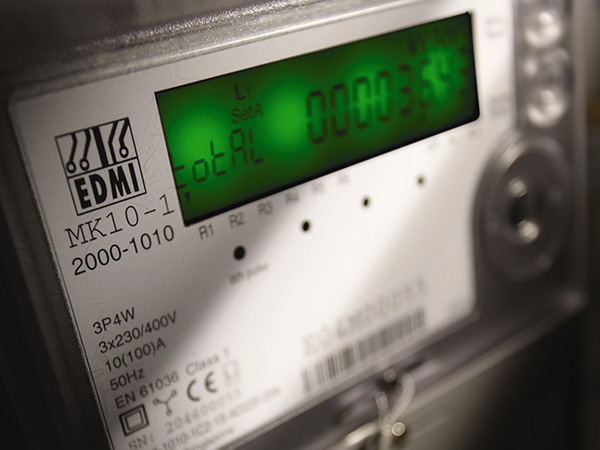Britain’s national network of smart meters, developed and maintained by the Data Communications Company (DCC), grew by over 6.3 million meters last year, a 37% increase.
Across early and later variants, nearly 24 million responsive grey boxes now blink from cupboards, silently reporting on customer accounts.
At 12.1 billion messages, data transmission events last year across the network rose 91% on 2021.
As Britain returned to work this week, second-generation meters ticked through past the 14 million milestone. EDF’s connection on Tuesday of a meter in Weston-super-Mare, Somerset breasted that total.
In all 9.7 million first-generation meters have also been migrated onto the nation’s smart meter network. Seamless account switching between suppliers is the most important benefit to account holders of the more intelligent second-generation kit.
Nearly 60 million devices are now connected to the network, including meters, displays, and communication hubs.
Monopoly installation co-ordinator Smart DCC, a wholly owned subsidiary of outsourcer Capita, is at pains to position the drive as enabling Britain’s grid to do more with less, while helping support people in fuel poverty.
Run last year, Modernising Energy Data Application (MEDApps), was an Energy Systems Catapult project, allowing anonymised data to be shared with fuel advisory organisations, targeting support for people struggling to meet bills.
Meter data also allows energy providers to get a true picture of energy use, allowing the grid to turn on and off production as needed.
The operating company claims it helped homes and workplaces avoid nearly 700,000 tonnes of CO2 last year.
Other 2022 highlights included the launch of ‘DCC Boxed’ a suite of testing tools assisting authorised users to develop new products, on a platform which mimics the smart metering network.
“It is great to see energy data increase at such pace”, observed Angus Flett, CEO of Smart DCC.
“Breaking the nation’s reliance on fossil fuels will help us avoid future energy crises, and progress towards our Net Zero ambition”, Flett went on. “Together we’re connecting Britain, to help people lead smarter, greener lives.”
A Smart Meter Installation Schedule – formerly known as the Smart Meter Code of Practice (SMICoP) – is supervised by Ofgem under Schedule 16 of the Retail Energy Code. It clarifies the minimum standards which suppliers are required to observe in relation to customer-facing aspects of meter installations. The latest version of the SMIS is available for download here or here.





It all sounds good BUT not for those who installed 1st generation SMETS1 meters. Mine has been ‘Dumb’ since a change of supplier in October 2021! The records claim that the Gas supply is working BUT no data is available and that the Electricity is not but interestingly sometimes the data is available!
My utility supplier isn’t willing to check the meters and says it is working with the DCC to get a remote fix! Maybe they are and maybe it’s an excuse for doing nothing, I really don’t know what the truth is.
So overall, good in theory but heavily flawed in execution.
Commiserations. Perhaps the SMIS might provide you with recourse, and/or through examining that Schedule 16 of the REC.
The link to the SMICoP website doesn’t work = a Page 404 Error!
Not helpful! Pl are get people to check/update links whe. Posting articles.
My apologies. An outdated Ofgem link, which I did not test before posting. Now corrected in the story’s final paragraph, with two working links for sourcing the SMIS, the replacement for the now redundant SMICoP.